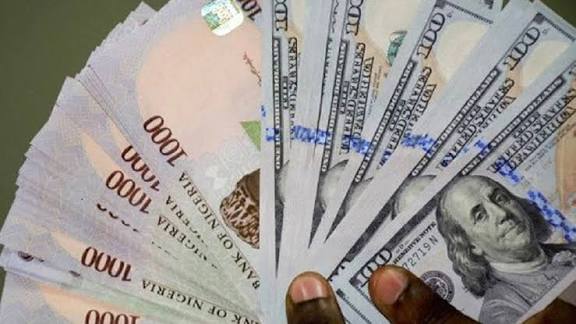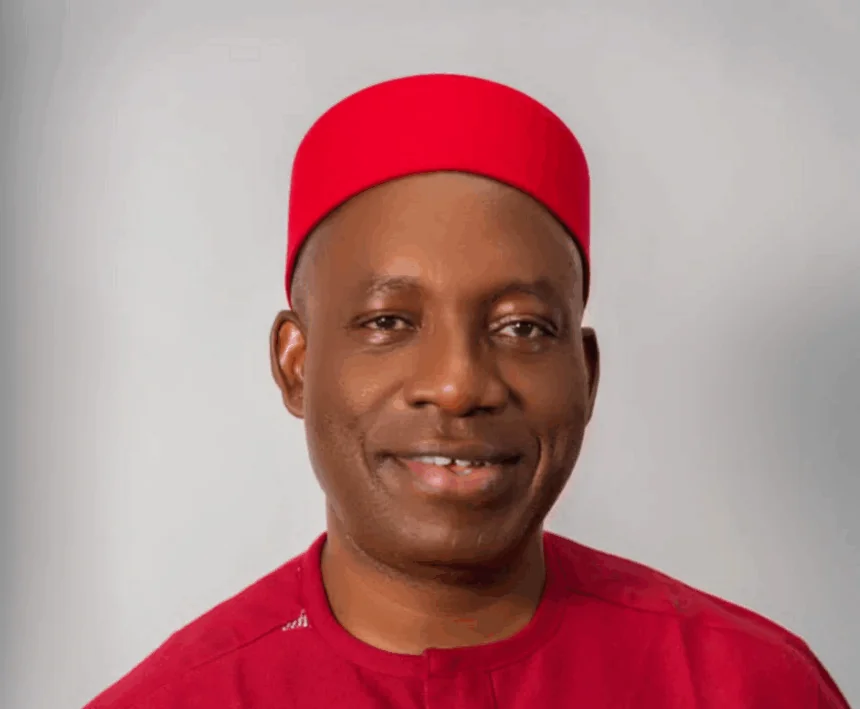Nigeria’s External Reserves Climb to Seven-Year Peak at $46.7bn

Nigeria’s external reserves have surged to $46.7 billion, reaching their highest point in seven years, according to new data from the Central Bank of Nigeria (CBN).
The development signals a significant improvement in the country’s foreign liquidity position and suggests that ongoing economic reforms are beginning to yield measurable results.
The latest figures reflect a steady rise in foreign inflows across multiple sources, including stronger participation by offshore investors in Nigeria’s financial markets. Analysts say renewed interest in government securities, coupled with more attractive yields, has encouraged foreign portfolio investors to re-enter the country after an extended period of hesitation.
The stabilisation measures taken by the apex bank, particularly in managing the foreign exchange market, have also played a crucial role in rebuilding confidence.
Non-oil revenues have further contributed to the expansion in reserves. Exporters in agriculture, solid minerals, and manufacturing have reported increased dollar receipts, while remittances from Nigerians abroad continue to provide a reliable buffer.
The CBN has repeatedly emphasised the importance of diversifying export earnings in order to reduce vulnerability to oil price swings, and the latest reserve growth appears to align with that objective.
Despite the positive momentum, currency market reactions remained moderate. The naira held relatively firm at the official window shortly after the announcement, indicating that investors may have anticipated the uptick in reserves.
However, pressures persist in the parallel market, where volatility remains influenced by speculative demand and supply constraints.
Economists note that the current reserve level gives the central bank greater capacity to intervene in the foreign-exchange market when necessary, helping to cushion the economy against external shocks.
Still, they caution that sustaining the upward trajectory will require disciplined fiscal management, improved export competitiveness, and continued implementation of structural reforms.
The rise in external reserves follows broader economic adjustments undertaken in recent months, including exchange-rate unification measures and the phasing out of certain subsidy regimes.
Policymakers argue that these steps, though challenging, are essential for building a more stable macroeconomic environment capable of attracting long-term investment.
For households and businesses, stronger reserves could translate to a more predictable foreign-exchange environment, easing the cost pressures faced by import-dependent industries.
However, experts stress that only consistent policy execution will determine whether this improvement becomes durable or temporary.
With reserves now at their highest level since 2018, attention turns to how Nigeria will leverage this renewed stability to accelerate economic recovery and strengthen its position in global financial markets.









